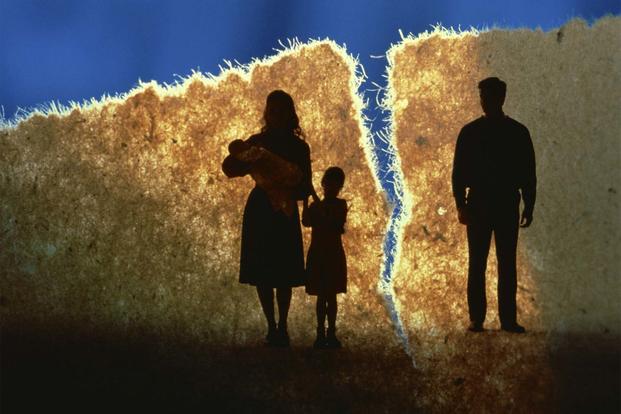Would you believe it if I told you that more than 500,00 couples divorce each year? Well if that’s shocking then the truth that more than 1 million couples divorce each year should really make you think. It’s hard to think of this many people going through the process of divorce and that many more children being affected by it. Today I want to talk about some of the causes and how to deal with divorce.
The beginning of marital dissolution begins with recognition. There has to be one partner who recognizes a serious problem within the marriage. It typically occurs with the stress that comes with marriage and the conflict is followed by a time of complete war. Some of the reasons for the problems could be a spouse controlling behavior, a lack of responsibility, lack of emotional support, etc. The next step in marital dissolution is a discussion where partners share their problems with each other. At this point, the conflict significantly increases. The last part of the process of divorce is taking action. One of the spouses gets a lawyer to legally dissolve the marriage. During this time, separation is likely during this time.
During the process of a divorce, there are 6 stations that couples will go through at different times and different intensities. There is the emotional divorce where there is a loss of trust, respect and affection for one another. They will act in ways that hurt and lower self-esteem. The legal divorce is when the court brings the marriage to an end. Economic divorce is the settlement of the property. The co-parental divorce happens with about ⅔ of all couples. The legality of custody, visitation rights and things such as responsibilities are discussed during this time. A community divorce is when each of the partners leaves their community of friends and relations to enter another. The psychic divorce is the central separation that occurs when the individual must accept the disruption of the relationship and regain their sense of being an individual.
So you're probably wondering what goes into all the messy things of a divorce. Some of the causes include your status, age, race, etc. The higher your status, the less likely you are to divorce. Those who are younger when they marry, have a greater chance of divorce and if you are African American then you would be more likely to divorce than whites. Personal factors such as conflicts, changed feelings, and emotional problems are also a major cause for divorce.
No matter who is involved in the divorce process, everyone involved will be affected. When it comes to spouses and parents, a positive outcome could be optimism, personal growth and things such as higher levels of comfort and communication. There could also be an effect on health both positively and negatively. Unfortunately, even when the children are not involved, sometimes they are impacted the most. The short-term effects of divorce on children include things such as intense anger, fear and self-blame. The child could have more physical and emotional problems, they could be lower in social competence, have a lower self-esteem, could have eating problems, and have higher levels of conflict. The long-term effects on children include lower levels of psychological well being, lower levels of commitment to marriage, reduce attachment, lower levels of trust and sadly enough a higher risk of premature mortality. When coping with a disruption of the family, research has found that it is easier for children to adjust to a change as big as divorce in their life when the father helps pay child support and when parents can be friendly with one another.
Let’s try to have more marriages and lasting unions than divorces. I hope we can all realize the importance of marriage and work our hearts out to save our partnership when it is falling apart. Always remember that “a perfect marriage is just two imperfect people who refuse to give up on each other.”


Comments
Post a Comment